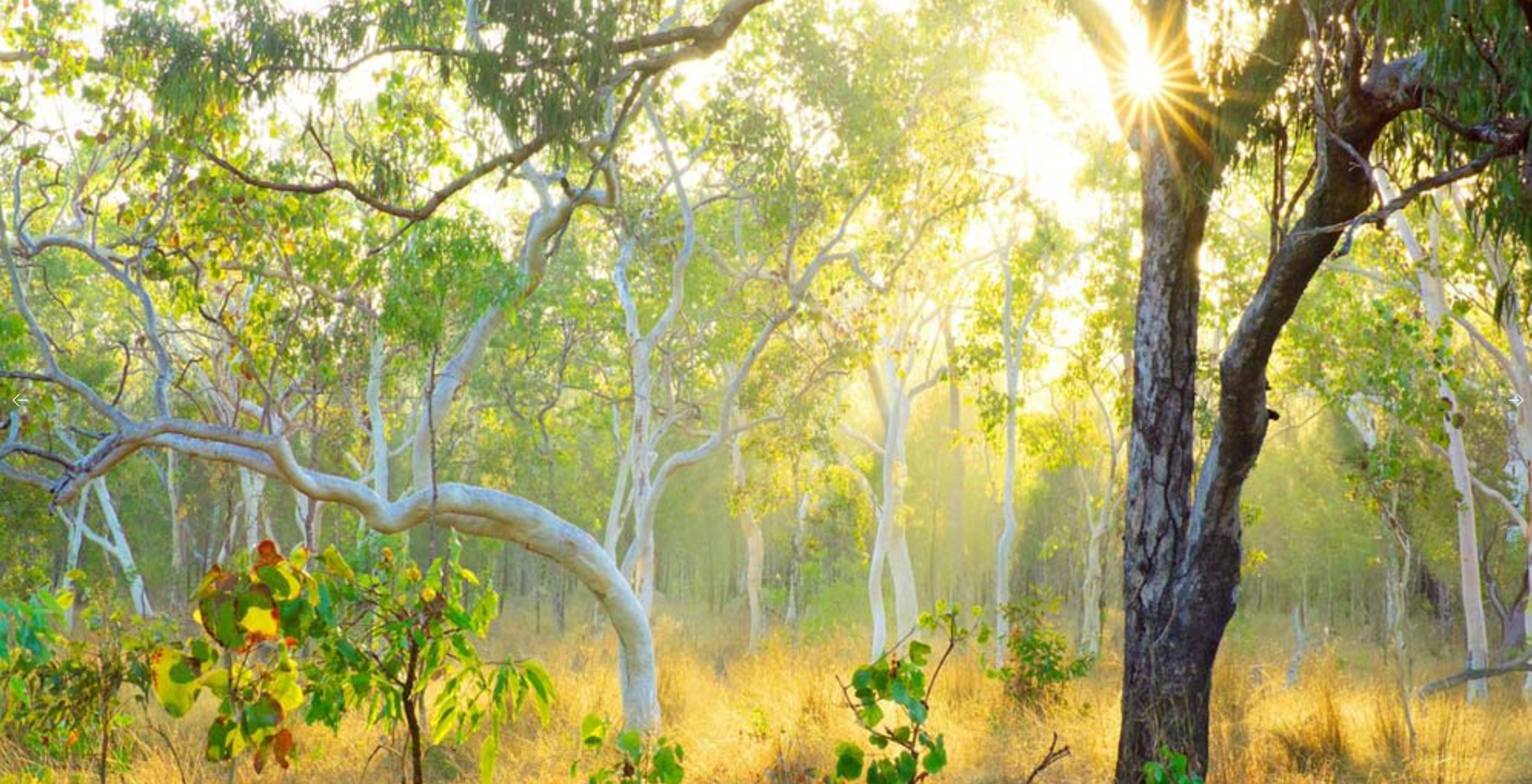
Photo Credit: Bush Heritage Australia
Conservation in Practice with Bush Heritage
Using the Conservation Standards to manage the Yourka Reserve
Third place in the 2018 Case Study Competition
by Bush Heritage Australia
Nestled within the Einasleigh Uplands, Yourka Reserve boasts one of the most diverse landscapes in Australia. Beyond the eastern rainforest, the rain shadow gives rise to lush eucalypt forests and woodlands, while majestic Queensland Blue Gums grace the banks of westward-running rivers. This rich biodiversity includes around 300 plant species, 140 bird species, and 18 native mammals, featuring the unique Mareeba Rock-wallabies. Granite outcrops with steep faces provide shelter for wildlife, with Tiger Hill in the south standing out as a prominent feature.
As part of the traditional lands of the Jirrabal and Wurrungu People, Yourka is managed by Bush Heritage Australia through a 50-year Term Lease over State Land, declared a Nature Refuge in 2016. Previously a cattle station, it underwent a Management Plan in 2008/9 and an ecological review in 2013, with a second five-year evaluation review about to commence.
Following a comprehensive review with the Conservation Standards, Yourka’s conservation targets were revised to include Riparian areas, Eucalypt Woodlands, Eucalypt Forest, Fauna Assemblage, and Aboriginal cultural values. Adaptability in target amendments was acknowledged, promoting updated information incorporation and greater chances of success. The commitment to understanding fauna and engaging with traditional knowledge reflected in the “Fauna Assemblage” and “Aboriginal Cultural Values” targets. Over time, goals were modified as new knowledge emerged, and threat ratings were refined to address management actions. Resource optimization, including volunteer involvement, remains essential in tackling limited resources for successful conservation endeavors at Yourka Reserve.
Yourka Reserve
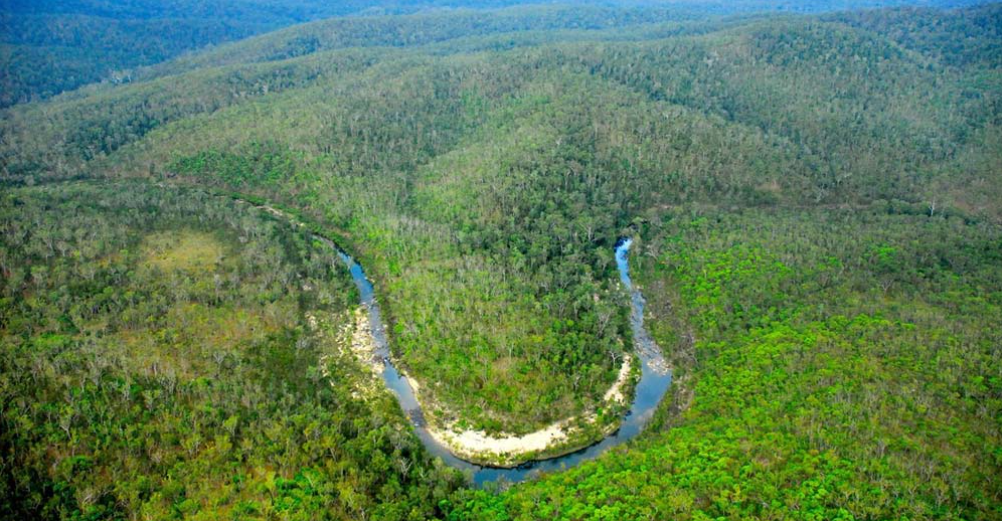
Cameron Creek in sclerophyll forest. Photo by Wayne Lawler/EcoPix.
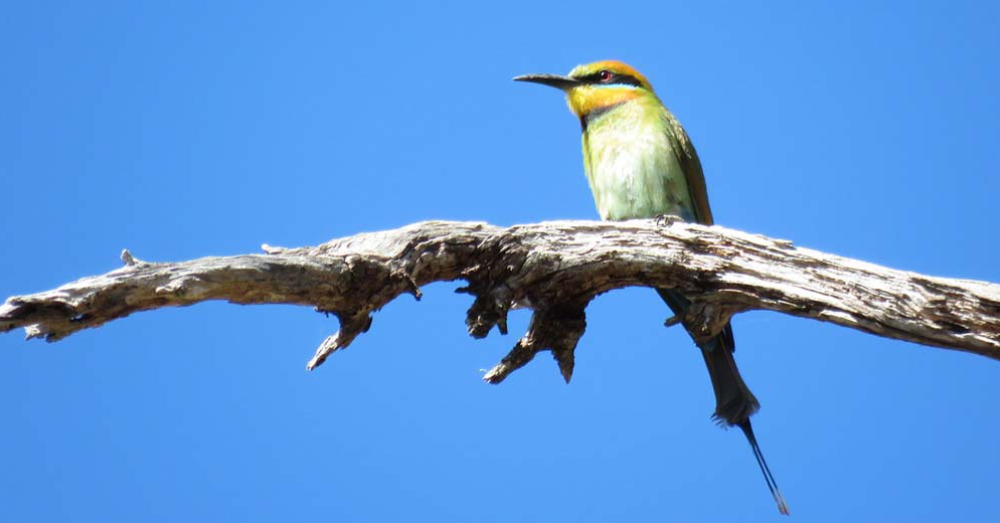
A Rainbow Bee-eater. Photo by Beth Hales.

Eastern grey kangaroo. Photo by Wayne Lawler/EcoPix.
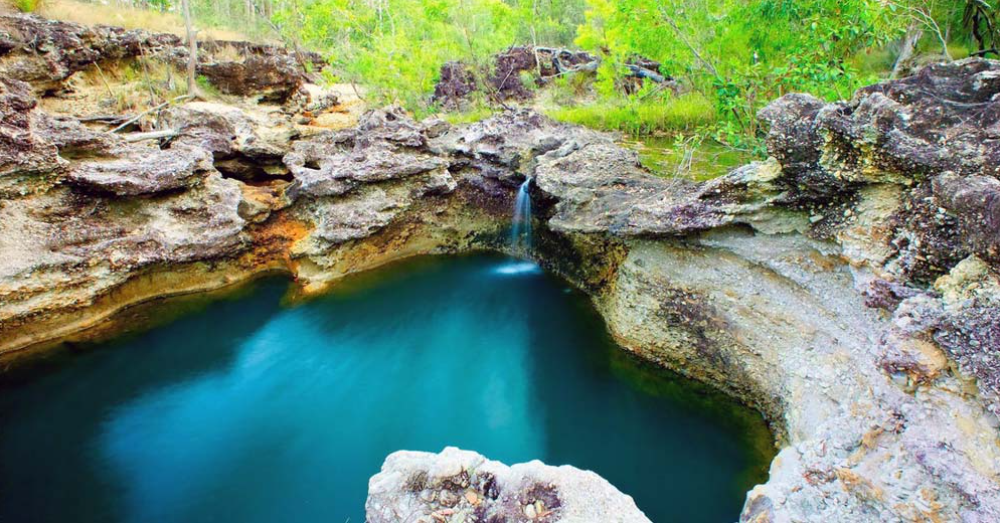
Plunge pool in Gorge Creek. Photo by Wayne Lawler/EcoPix.
Learn more about this work by downloading corresponding documents here.
Learn more about the work of Bush Heritage Australia and the utilization of the Conservation Standards by exploring the Boolcoomatta Reserve and see their overall use of the Standards here.
More about Bush Heritage
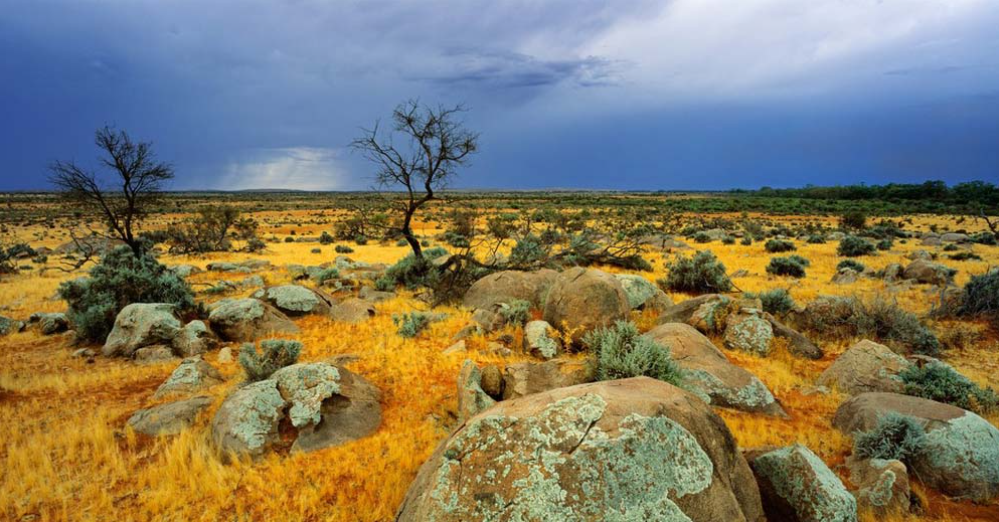
Bush Heritage Australia is a leading not-for-profit conservation organization that protects ecosystems and wildlife across the continent. They use the best science, conservation and right-way knowledge to deliver landscape-scale impact. They are on the ground, working with Aboriginal and Torres Strait Islander people and the agricultural sector to make sure their impact is deep, sustainable and collaborative. There are close to 2,000 animals and plants on Australia’s threatened species list. Bush Heritage steps in where they are needed most, protecting all species on their reserves.
Download CS
The Conservation Standards is the product of inputs, field tests, and discussions among members of the Conservation Measures Partnership (CMP), which has final editorial authority over the Conservation Standards. Substantial input was also provided by members of the Conservation Coaches Network (CCNet) and other CMP partners.
Photo Credit: Felix Cybulla
Support CS
The biodiversity conservation community is tackling large, complex, and urgent environmental problems where the stakes are high. However, we don’t have a fully functional system to assess the effectiveness of our actions. Without more rigorous measurement of effectiveness and disciplined recording of our efforts, we cannot know or demonstrate that we are achieving desired results.
Photo Credit: Felix Cybulla
Our Collaborators
Every organization, agency, project, and individual has its own preferred set of terms. There is no right answer – the most important thing is that the members of your project team and the people with whom you work have a clear and common understanding of whatever terms you choose to use.
Photo Credit: Chris Scarffe
Contact Us
To inquire about supporting Conservation Standards (CS) or for general inquiries, please contact us at CMPinfo@ConservationMeasures.org
Photo Credit: Nature Conservancy of Canada
